The Kitchen in Pickleball: Guide To The Non-Volley Zone
Introduction To The Non-Volley Zone
Pickleball, a sport that combines elements of tennis, badminton, and table tennis, has been sweeping the world with its fast-paced and entertaining gameplay. One of the critical areas on the pickleball court is the Non-Volley Zone (NVZ), commonly known as “The Kitchen”. The Kitchen is a seven-foot area on both sides of the net that restricts players from volleying the ball while standing inside it. Understanding how to navigate and effectively use The Kitchen is essential for any pickleball player looking to improve their skills and gain a competitive edge. In this definitive guide, we will explore everything you need to know about The Kitchen in pickleball.
1. The Kitchen Rules And Restrictions
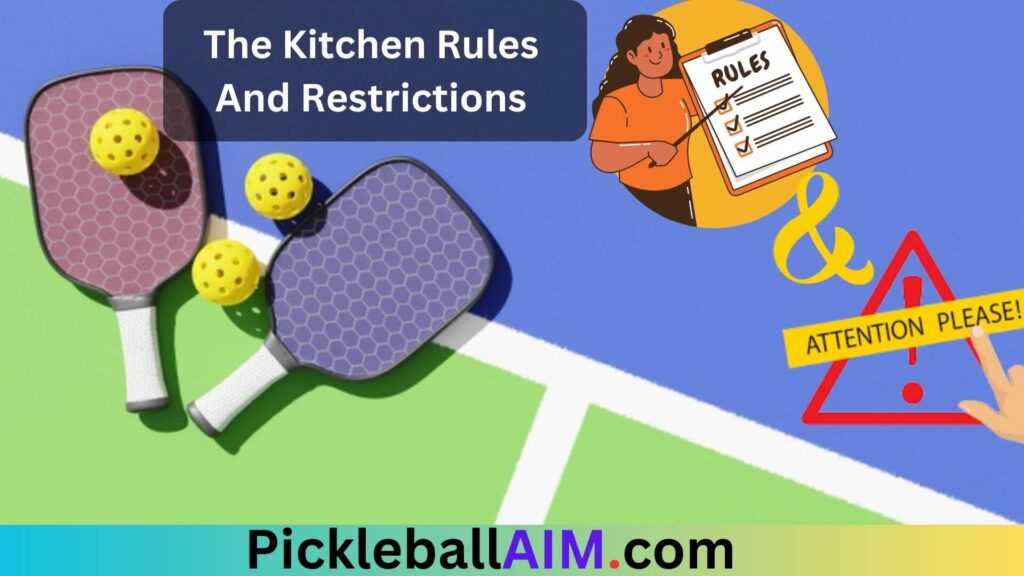
The Non-Volley Zone (NVZ), commonly known as “The Kitchen,” is a crucial area on the pickleball court that comes with specific rules and restrictions to ensure fair gameplay.
No Volleying
The primary rule of The Kitchen is straightforward: players cannot volley the ball while standing inside it. A volley refers to hitting the ball before it bounces on the ground. Stepping into The Kitchen to hit a volley, even if the player quickly steps back out, results in a fault.
Volleying from The Kitchen is prohibited to prevent players from gaining an unfair advantage due to their proximity to the net. This rule encourages more controlled and strategic gameplay, making The Kitchen a focal point for players to showcase their finesse and decision-making skills.
Exceptions to the Rule
While the No Volleying rule applies most of the time, there are two exceptions in which players can enter The Kitchen to hit a volley without incurring a fault:
- Players may enter The Kitchen to hit a ball that bounces in The Kitchen. After the bounce, they must promptly exit the zone to avoid a fault. This exception allows for more dynamic and engaging rallies without penalizing players for playing a ball that bounces into The Kitchen.
- Players may enter The Kitchen to hit a ball that bounces outside The Kitchen area. However, they must ensure that their momentum doesn’t carry them into The Kitchen after the shot. This exception permits players to pursue balls hit close to The Kitchen without incurring a fault, as long as they don’t linger inside the zone after hitting the shot.
2. The Strategic Importance of The Kitchen
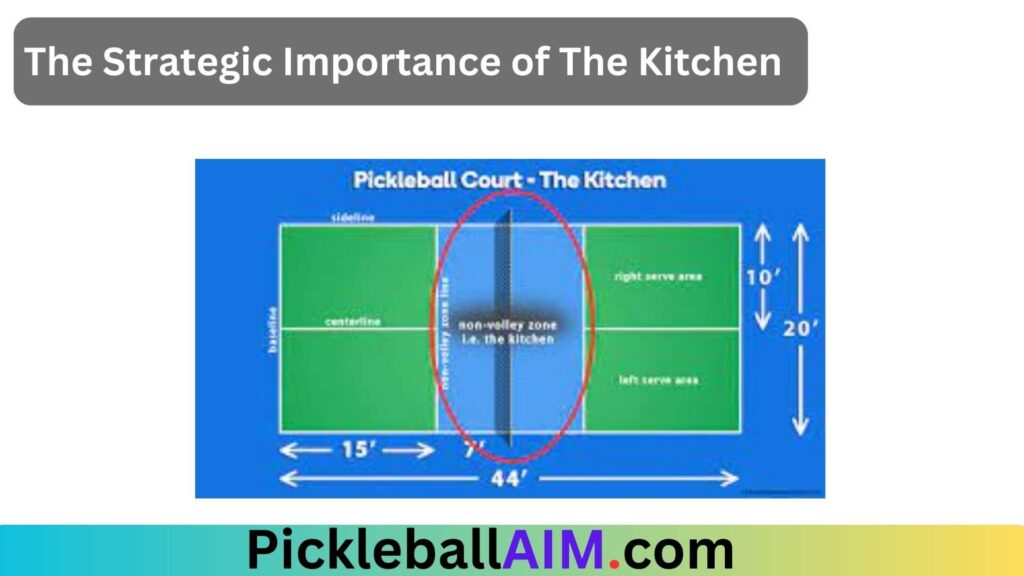
The Kitchen is not just a restricted area; it holds significant strategic value in pickleball. Players who understand how to effectively use The Kitchen can gain a competitive edge over their opponents.
Forcing Opponents into The Kitchen
Strategically hitting shots that force opponents into The Kitchen can disrupt their game plan and create advantageous situations for you and your partner. The key to achieving this is mastering the dink shot, which involves hitting soft, controlled shots near the net. When your opponents are forced to step into The Kitchen to retrieve these shots, they lose the ability to volley effectively, potentially setting up a weaker return or an outright error.
Neutralizing Opponent’s Volleys
Conversely, when opponents are positioned in The Kitchen, they have an advantage when it comes to volleys and reflexive shots. To neutralize their volleys, use drop shots and lobs strategically. Drop shots force opponents to hit the ball upwards, setting up an opportunity for you or your partner to follow up with a strong volley. Lobs, on the other hand, can be used to hit over your opponent’s head, making it difficult for them to execute powerful volleys. Mastering these strategic plays in and around The Kitchen is a hallmark of top-level pickleball players.
3. Mastering The Kitchen Footwork

Proper footwork is fundamental to effective Kitchen play. Players must be able to move swiftly and maintain excellent positioning during fast-paced rallies.
Split-Step Technique
The split-step technique is a fundamental footwork skill that allows players to quickly react to their opponent’s shots. As the opponent prepares to hit the ball, players should jump slightly off the ground, landing with their feet shoulder-width apart. This technique helps players stay light on their feet and ready to move in any direction, whether it’s forward to approach the net or backward to defend against a lob.
Pivot Step
The pivot step is another essential footwork skill when playing close to The Kitchen. When hitting volleys or drop shots, players can use a pivot step to quickly turn their body and position themselves appropriately. By pivoting on one foot while keeping the other foot anchored, players can make swift adjustments to their position, enabling them to handle shots with greater ease.
4. Practicing Kitchen Play
To improve your skills in The Kitchen, consistent practice is essential. Incorporate the following drills into your training routine:
Dinking Drills
Practice dinking1[Dinking in pickleball is a controlled and finesse-based technique of soft shots near the net, used to outmaneuver opponents and control the pace of the game. Mastering the dink shot enhances overall gameplay and provides strategic advantages.] exchanges with a partner, focusing on hitting the ball softly and accurately. Work on placing the ball close to the net to challenge your partner’s positioning. This drill will help you develop touch, control, and finesse in your dinking shots.
Volley and Retreat
Stand near the net in The Kitchen and have your partner hit volleys at you. Practice hitting volleys back and then quickly retreating out of The Kitchen after each shot. This drill will improve your reflexes and help you develop a habit of moving out of The Kitchen immediately after hitting a volley.
Conclusion
The Kitchen, or Non-Volley Zone, is a fundamental aspect of pickleball that demands adherence to specific rules and offers strategic opportunities for players. By understanding the rules and mastering the strategic importance of The Kitchen, players can elevate their game and gain a competitive edge. Effective footwork and consistent practice of dinking and volleying drills are essential in honing skills for success in and around The Kitchen. As you integrate these strategies into your gameplay, you’ll find yourself dominating The Kitchen like a pro, leading to more successful and enjoyable pickleball matches.
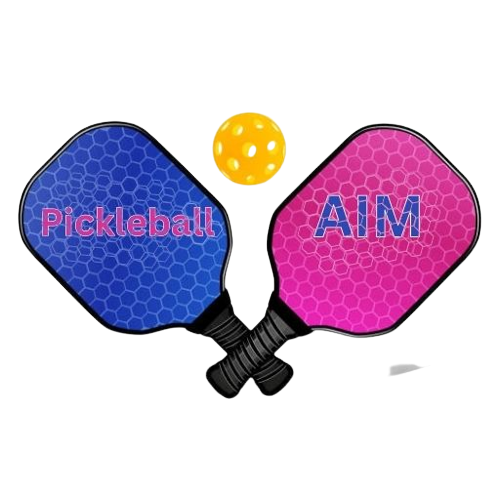
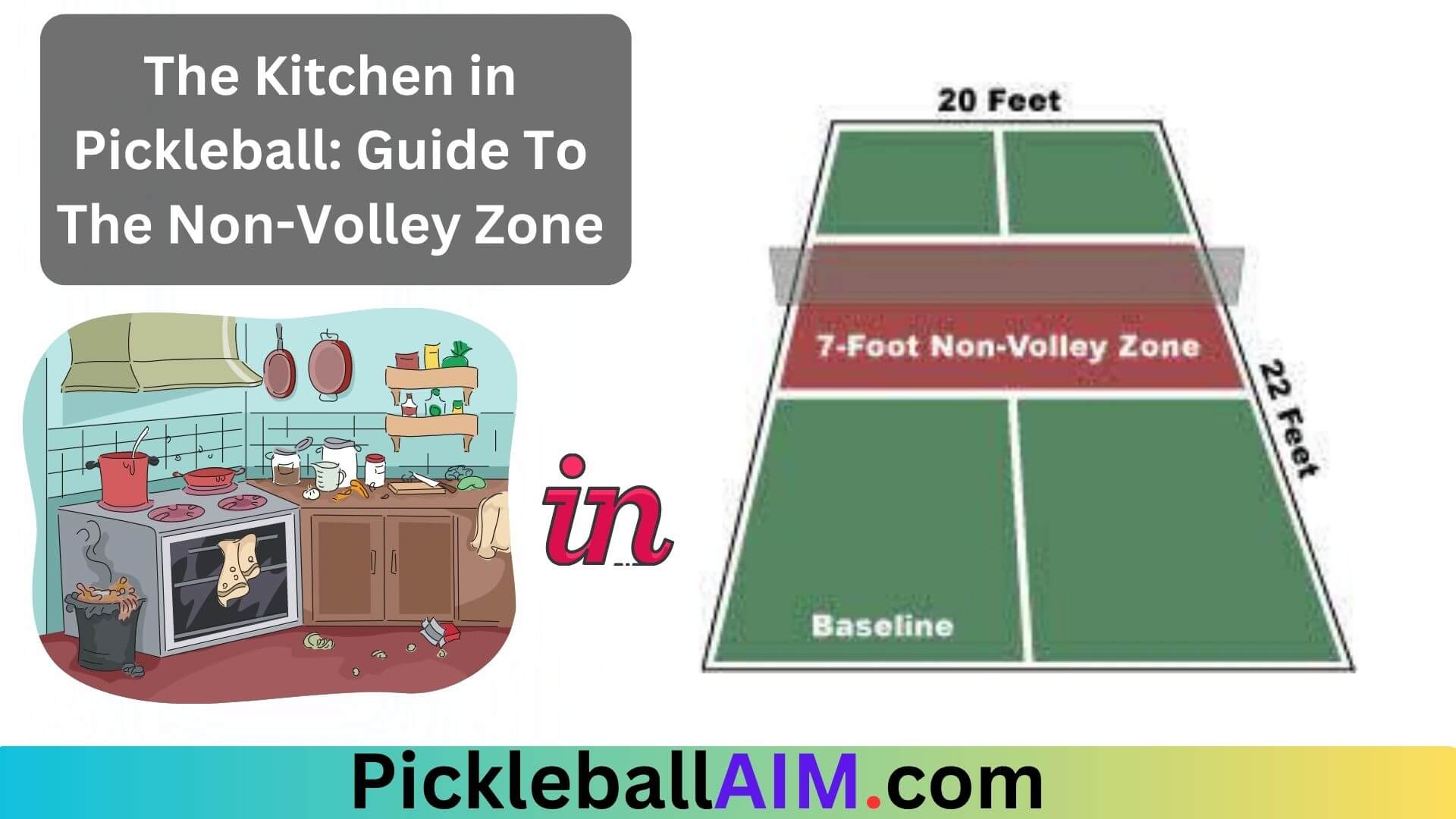
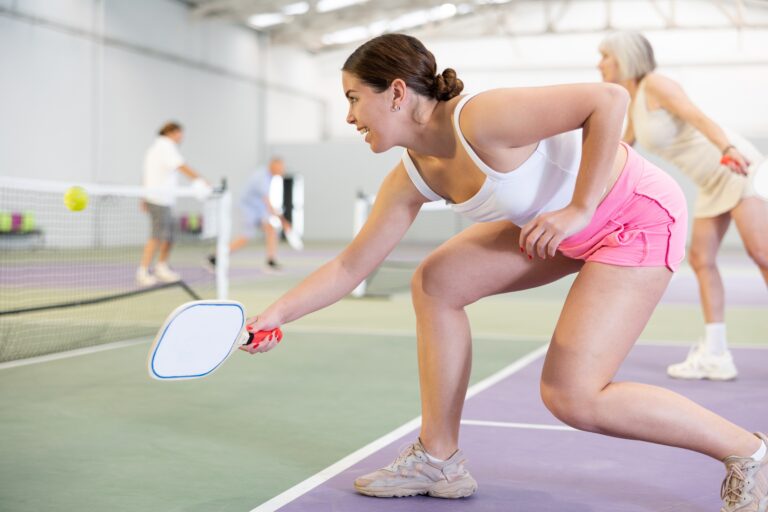

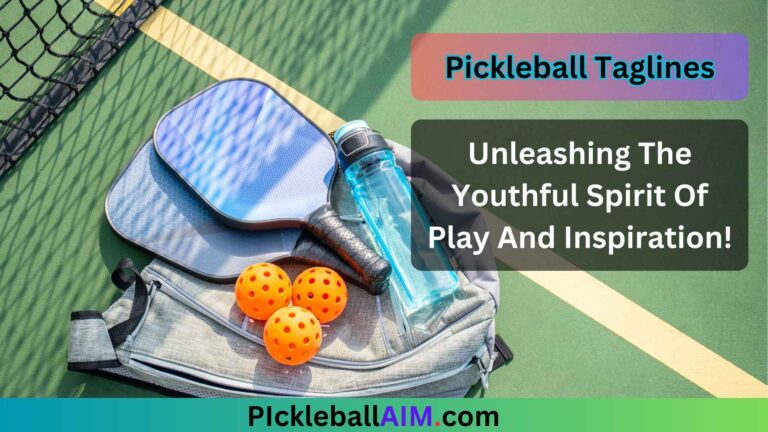

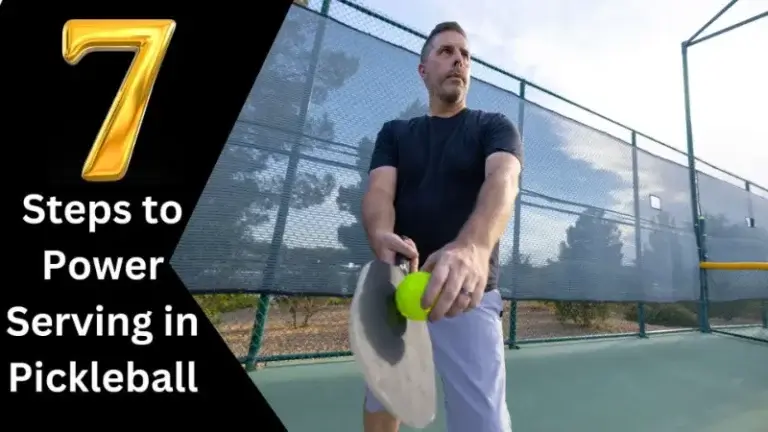

4 Comments